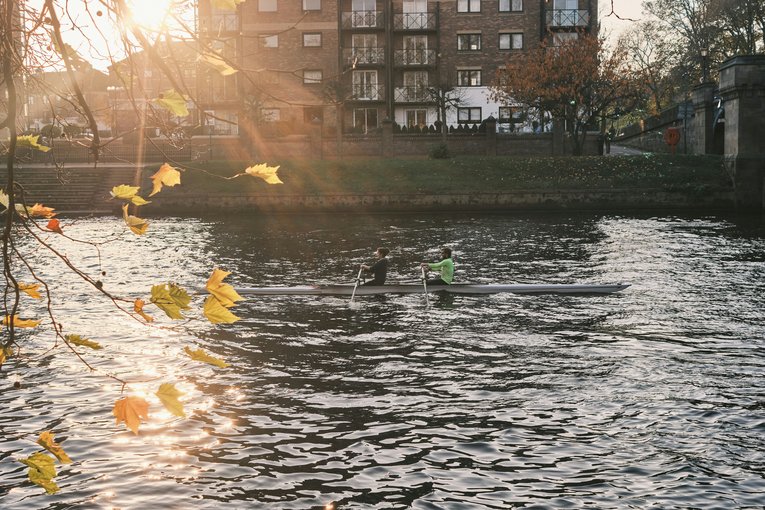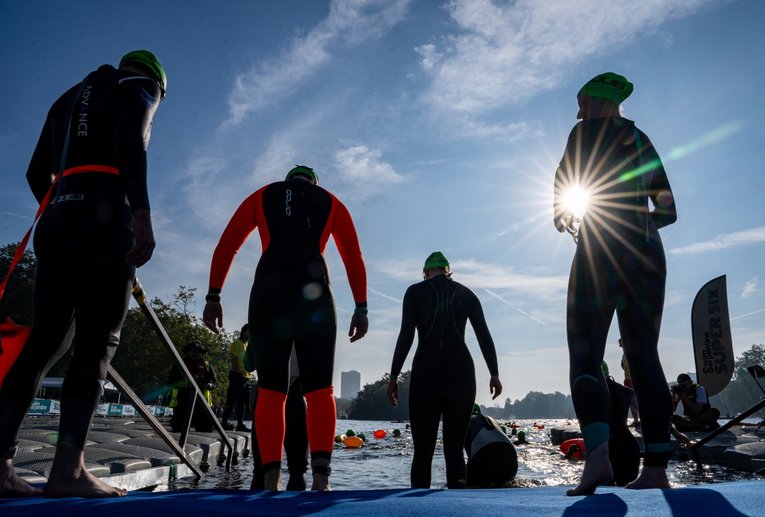
Bathing Water Results: What they mean and what’s next
The latest Bathing Water Results for England are in. While bathing water quality looks better than last year, proposed changes could put this progress at risk,
Each summer, in England, water quality is monitored at over 400 beaches, rivers and lakes which are popular for swimming. At the end of the bathing season, which officially runs from 15th May to 31st September, these bathing water sites are each given a rating based on health-related water quality standards; these range from the minimum ‘Sufficient’ standard to the top ‘Excellent’.
Designed to protect public health, these ratings also affect local communities, businesses, tourism, opportunities for recreation and the public's confidence in how well our water system is managed.
What do this year's results show?
32 sites (7%) were rated as ‘Poor’ – five fewer than last year – meaning that they failed to meet the minimum legal standards for safe bacteria levels and water users are at greater risk of becoming ill from water pollution, including ear, nose, throat and stomach infections.
Although it’s encouraging to see slight improvements from last year’s results, the number of ‘Poor’ sites is still eight times higher than in 2021. 27 new bathing sites were added to the list two years ago, many of which are freshwater rivers and lakes, which tend to have worse water quality than coastal bathing sites.
In Scotland, where results came out earlier this month, 97% of sites met minimum standards and 53% achieved the ‘Excellent’ standard, while 98% of Welsh bathing sites met minimum standards and 70% were ‘Excellent’.
Bathing Water Reform: What’s changed
Late last month, the UK Government updated the Bathing Water Regulations – the first time since 2013 – to change how bathing waters are designated and monitored, but what’s changed?

A woman swimming in the Lake District
Credit: Jaz Blakeston-Petch
What still needs to be done?
We’re concerned that these reforms do not go far enough to improve water quality and protect water users, and are disappointed that key reforms were omitted, including a review of how sites are monitored and classified.
More frequent sampling, consideration of a wider range of pollutants and ending the practice of excluding samples taken during short-term pollution incidents would provide a more accurate assessment of water quality. Further research into antimicrobial resistance and the health risks from microplastics and chemical contaminants, such as PFAS, should also be conducted.
This is a critical moment for the UK Government to lead with ambition, ensuring access to clean, safe bathing waters for all. We have welcomed the opportunity to provide feedback on the latest reforms and will continue to push for further reform to the Bathing Water Regulations. We hope that Defra will launch a consultation to take this forward next year and that we will see more improvements soon.
You can find the results for your local beach below.
- England: Bathing water quality
- Wales: Find a bathing water
- Scotland: Bathing Waters





